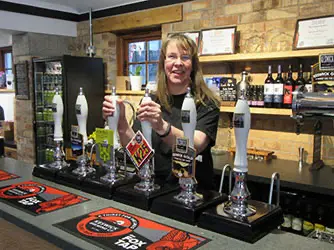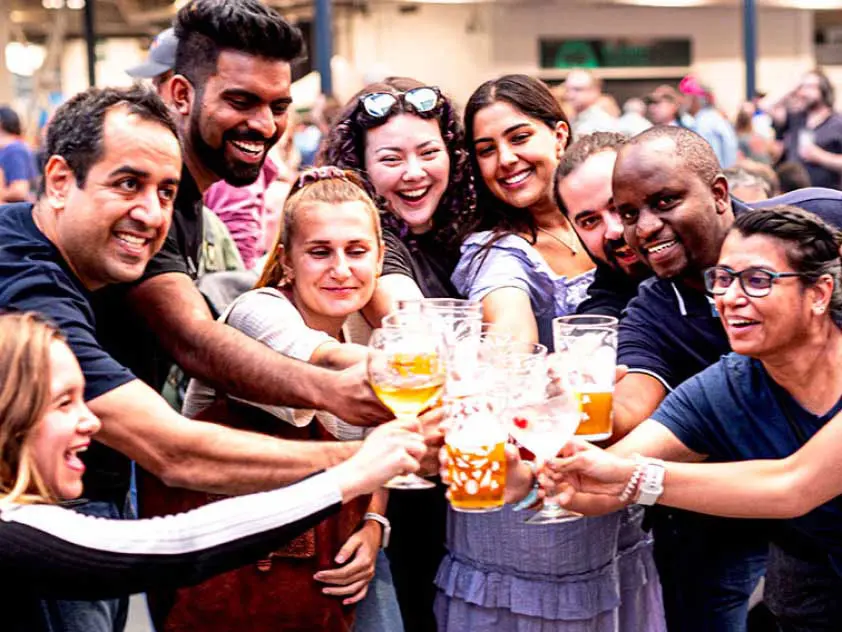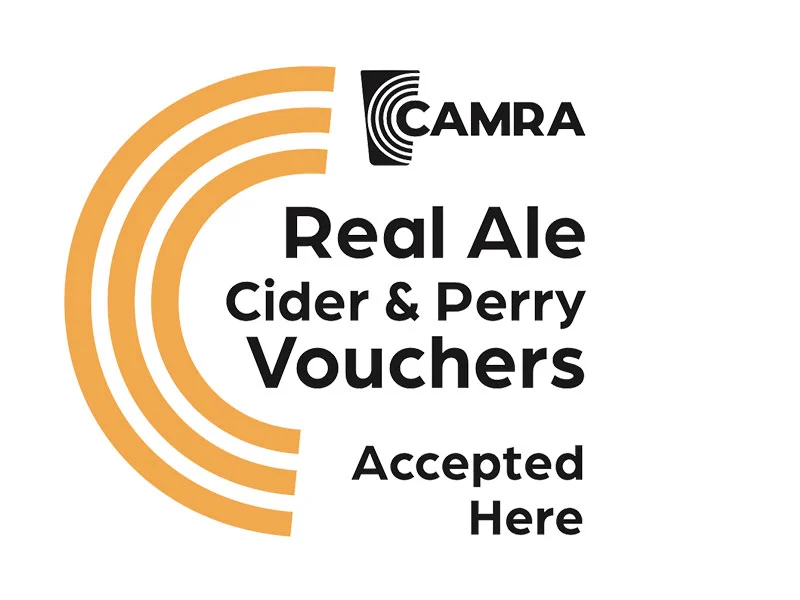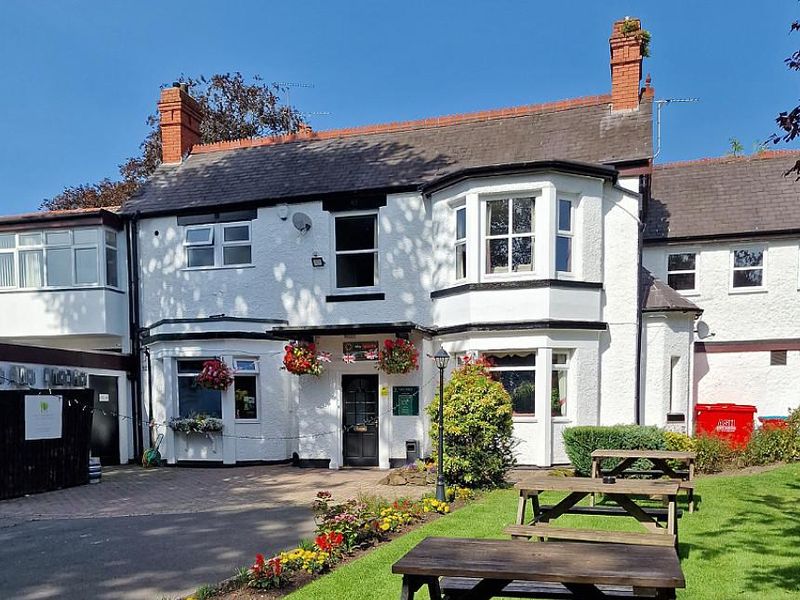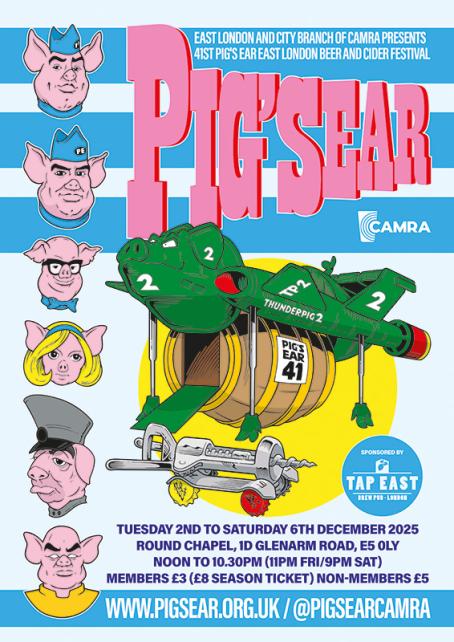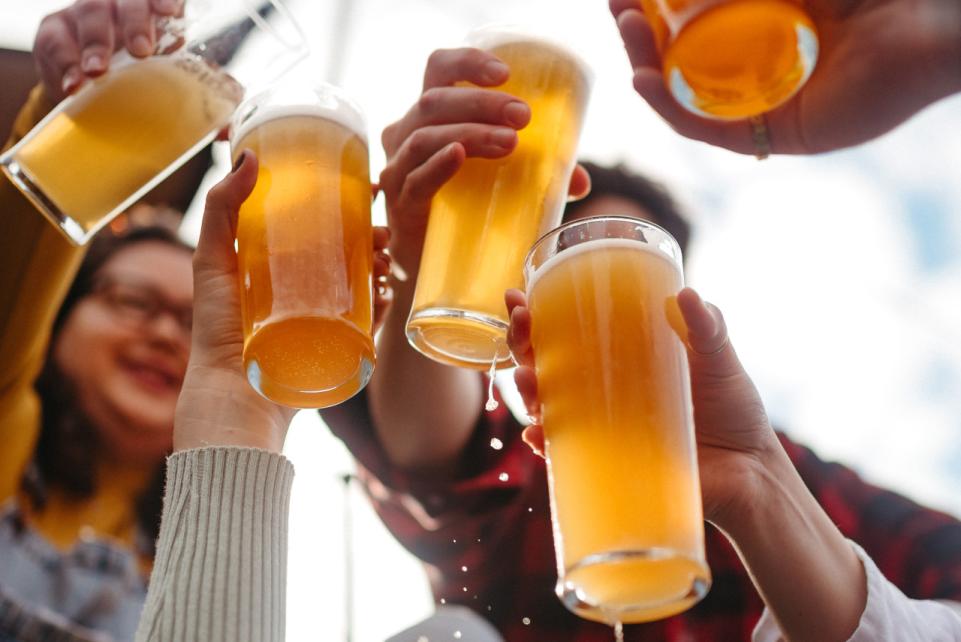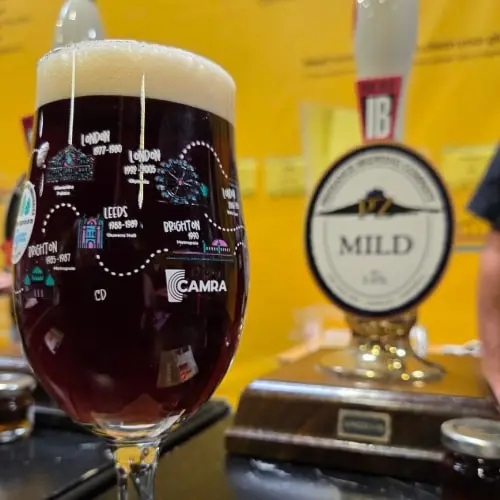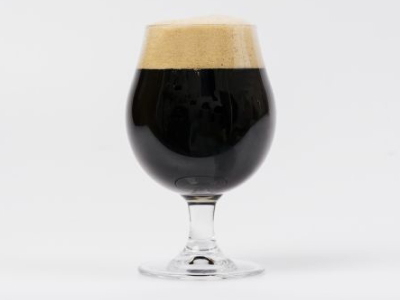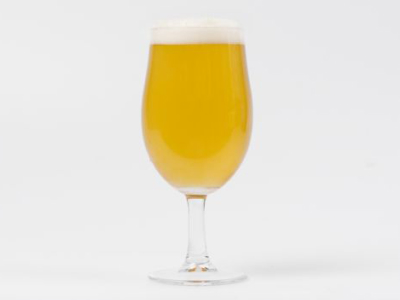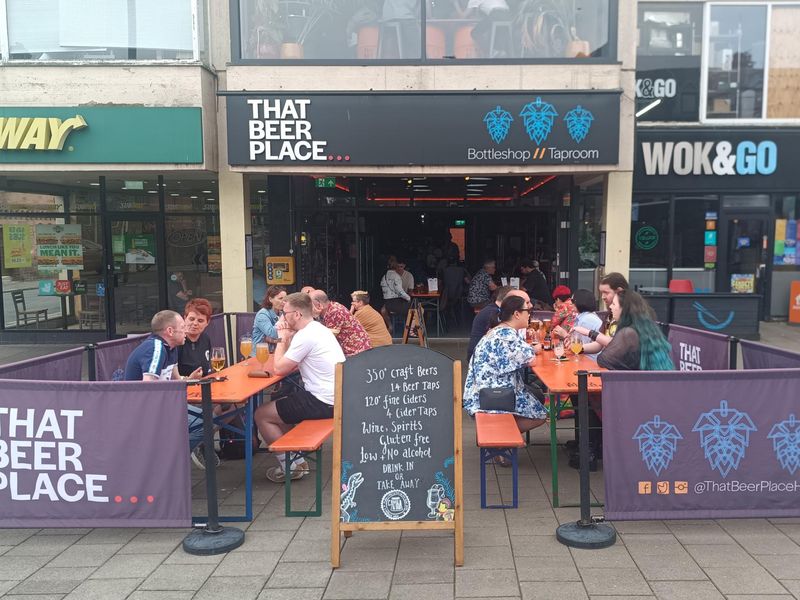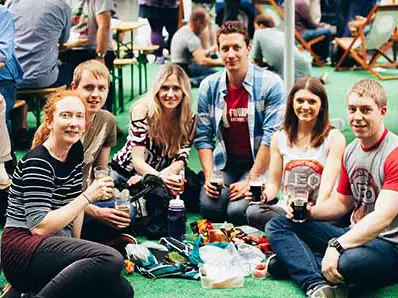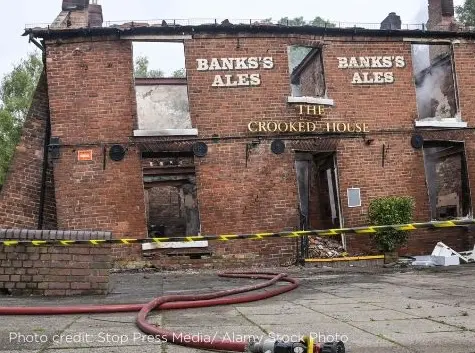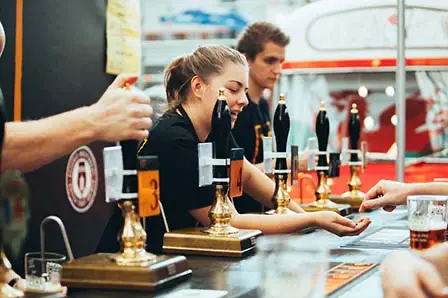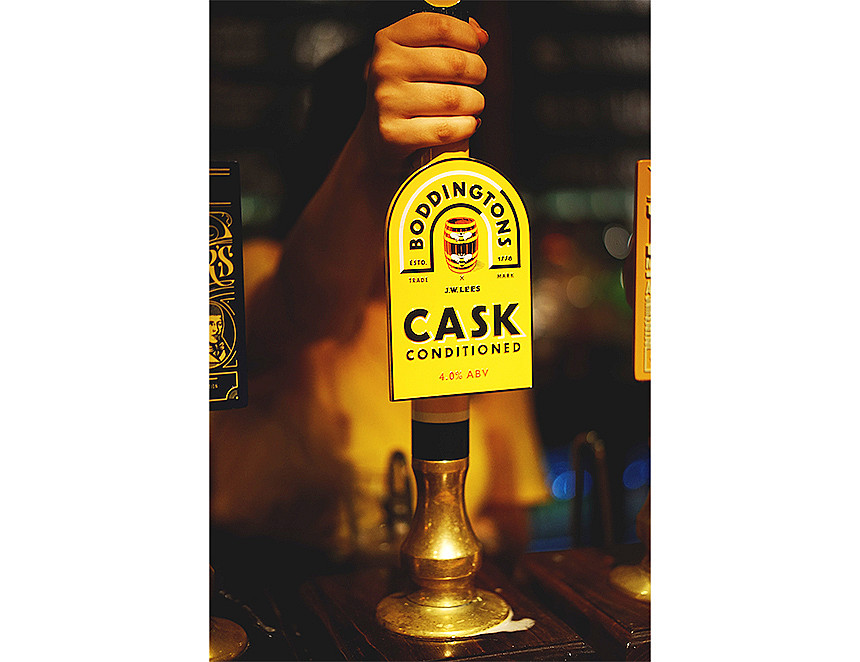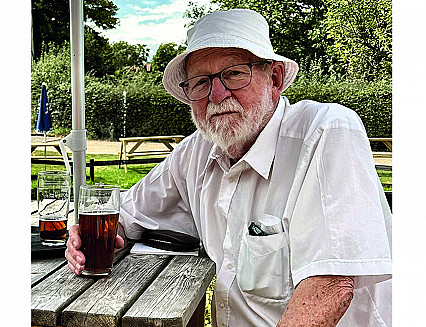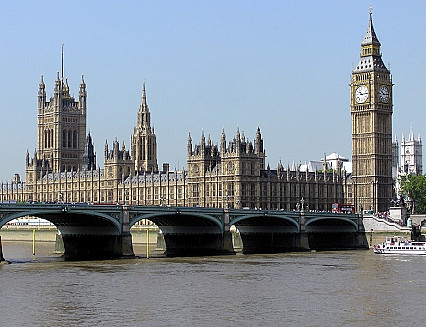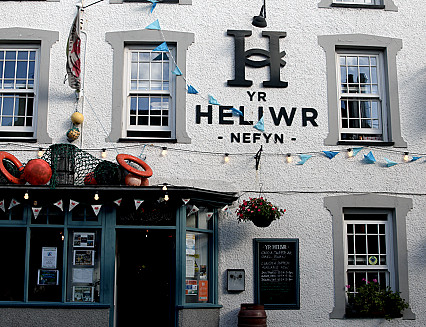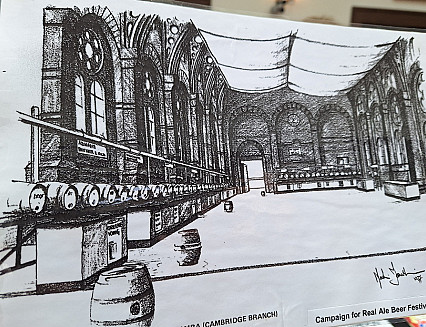I rarely take the opportunity to review a beer properly. However, the recent relaunch of Boddingtons Bitter on cask – brewed in Manchester by JW Lees – has seen my inbox flooded with requests asking me what I think of it. Having now done plenty of research on the latest version, I feel it's only proper to give you my two pence.
First, a quick history lesson. Despite not being brewed for cask since 2012 and being part of the vast portfolio of the world's largest brewing concern, AB InBev, Boddingtons remains the beer of Manchester. The brewery was originally established as Strangeways brewery by grain merchants Thomas Caister and Thomas Fry in Manchester’s Cheetham Hill during 1778. In 1832 the brewery hired a travelling salesman by the name of Henry Boddington, who by 1848 had become a partner in the business.
In 1853 Boddington borrowed the money needed to acquire Strangeways brewery outright, renaming the business under his family name. By the time he died in 1886 he had grown the annual output of the brewery tenfold, to around 100,000 barrels (or 28.8m pints). By the early 20th century it had become the biggest brewery in Manchester, and one of the largest in the UK. It also became the first brewery in the country to install stainless-steel tanks, after its original hardware was hit by the Luftwaffe during a WWII bombing raid.
The business continued to grow into the latter half of the 20th century, until in 1989 then owner Ewart Boddington sold the brewery to Whitbread, itself being acquired by Interbrew (now AB InBev) in 2000.
By the mid 1990s production at Boddingtons had hit a staggering 850,000 barrels per year, (more than 240m pints) and with its striking yellow branding featuring the Manchester bee it became a hit with a new generation. The success of Madchester-era bands like Oasis, Stone Roses and Charlatans had breathed a new sense of cool into the city. Meanwhile an incredibly successful series of advertisements featuring model Melanie Sykes declared it as The Cream of Manchester, which included her trademark catchphrase “By ‘eck it’s gorgeous”. It was even referenced on an episode of Friends – then the most popular TV show in the world – when Matt LeBlanc’s character Joey Tribbiani referred to it after a trip to London.
But at some point – either during the late 1980s or early 1990s – the recipe for Boddington’s flagship bitter was changed. The original recipe was revered for both its straw-pale appearance, and sharp astringency – most likely due to the use of invert sugar giving it a very low finishing gravity, ballasted by a sharp burst of whole leaf English hops. In the 1990s however, the beer became browner, the bitterness now absent, most likely the result of cost-cutting exercises by its new owner. In 1998 sales reportedly began to fall sharply, and in 2004 the original Strangeways brewery was closed, and then demolished in 2006. A vital piece of Manchester history destroyed forever.
The cask version lived on for a short time, brewed under licence by Manchester’s Hydes brewery in its original Moss Side location, although this was discontinued in 2012. Since then the availability of Boddingtons has remained only as a seldom seen, near tasteless keg version served under nitrogen dispense, and in cans, also nitrogenated, and sold cheaply in supermarkets.
That is until late 2025, when at its company AGM, William Lees-Jones, MD at JW Lees brewery in Middleton (technically in Rochdale, but still a part of Greater Manchester) announced it would be brewing it under licence for AB InBev. The timing seemed too good to be true. Oasis had just finished a sell-out world tour, which for one glorious summer made Manchester feel like the cultural centre of the entire universe. Meanwhile other heritage brands like Guinness and Bass Pale Ale (the latter which has seen 19 per cent growth year on year) are becoming increasingly popular with an entirely new generation of drinkers.
But how does it taste? I was surprised to learn that it is brewed using JW Lees’ own house yeast strain, which production director Michael Lees-Jones told me was a “non-negotiable” part of the licence agreement with AB InBev. That might well account for its soft, bready character, reminiscent of fresh dough, which for me is its dominant characteristic. It's not quite as intense as it often presents itself within Lees’ own beers, however. The beer is also not as straw pale as I’ve seen it in photographs from the 1970s and 80s, instead veering towards a more golden hue, but not as dark as the modern keg version.
Perhaps its most defining characteristic is how easy it is to drink. Pouring at the launch at JW Lees’ Manchester city-centre venue, Founders Hall, the beer was in constant service all-night from three tall, bright yellow handpulls at the centre of the bar. The branding was striking, looking as at home in a bright, modern venue like this as it would in the most traditional of pubs. The beer was being consumed by those in attendance with pace and fervour, its softness, and most importantly, dryness, ensuring every sip was as satisfying as the last.
Being honest for a second, this beer is not reinventing the wheel – there are far more interesting and flavourful pints available, even from JW Lees itself. But I consider the resurgence of Boddingtons is about more than flavour. Reports are already coming in from Manchester venues that are not able to keep up with demand, turning away disappointed drinkers who want to be seen with a pint of it in hand. This is significant, because those who are drinking it are young, fashionable, and about as far away from the cask beer stereotype as you can possibly get.
This can only be considered a positive. For many drinkers, especially younger ones, a row of handpulls featuring a range of products they’ve never heard of can be incredibly intimidating. In Boddingtons, a brand has been revived that people can easily trust. We can also trust the people at JW Lees, who make good beer, and their version of Boddingtons is testament to that.
With Bass also surging in popularity, this could be cask beer’s next renaissance moment, forming a gateway for younger drinkers whom it is no longer an unknown. But any excitement also needs to be kept in check, because this needs to be considered for what it really is: the world’s largest brewer muscling in on bar space typically reserved for the UK’s small, independent brewers. For now, though, I think that Boddingtons shining a light on cask is something to be celebrated, as it will almost certainly lead to more people drinking it.
